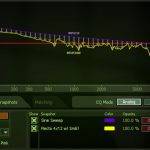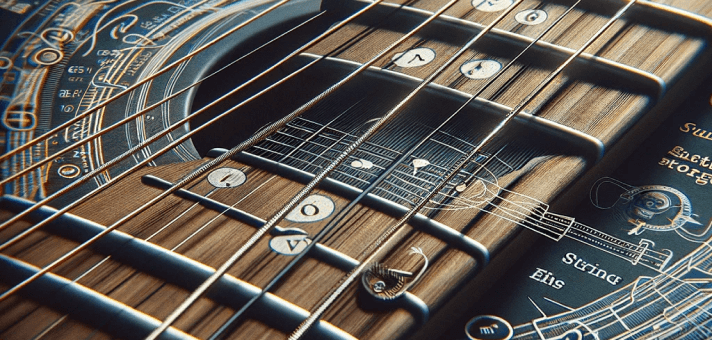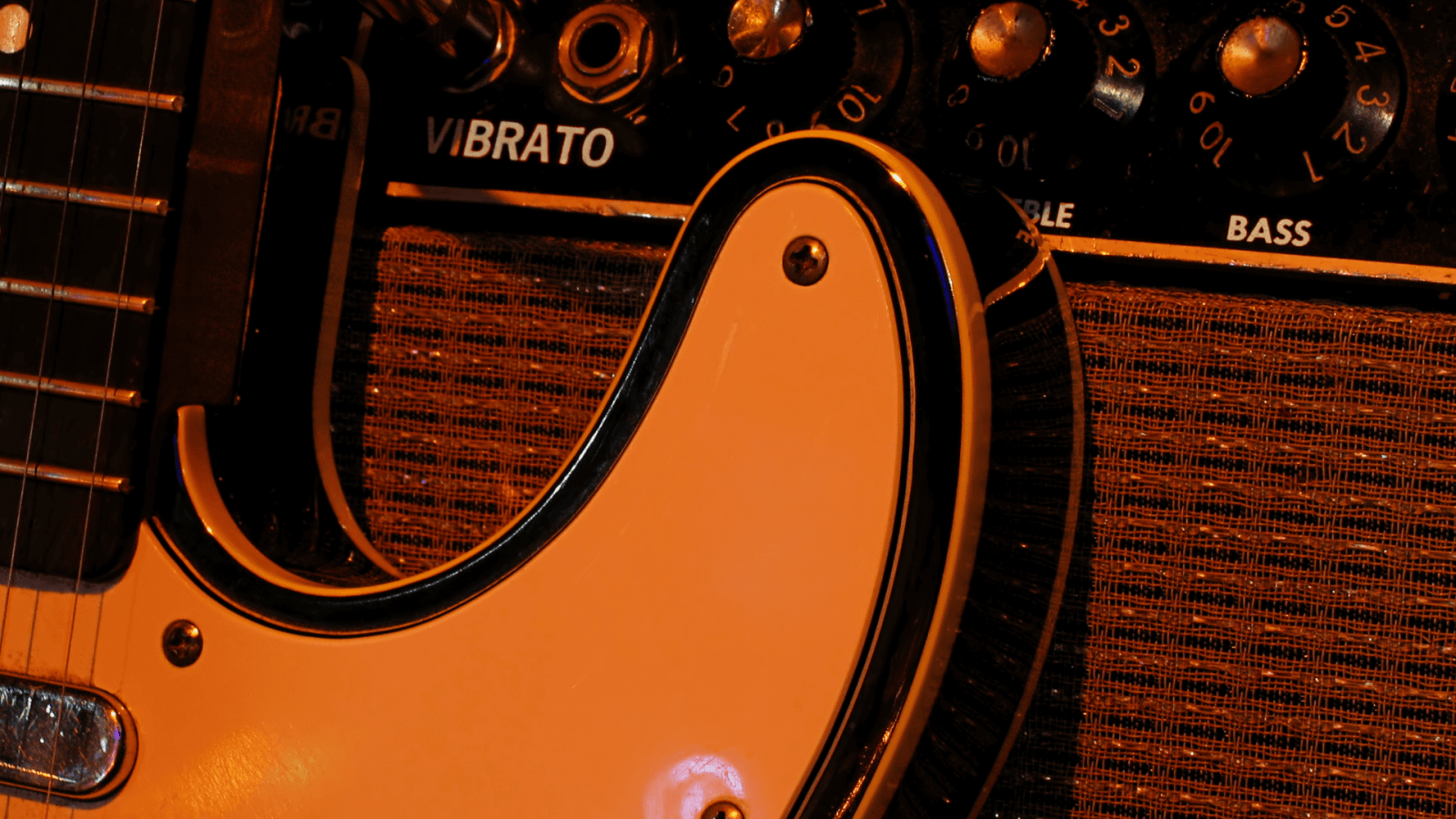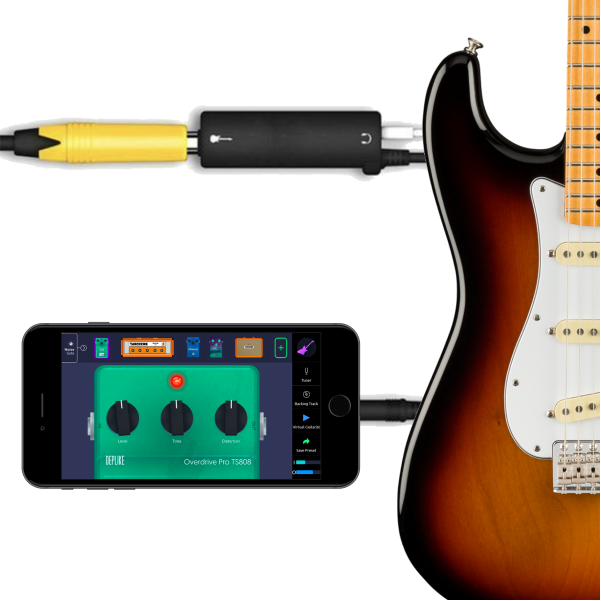Signal Chain Explained
Guitar signal travels a lot before it hits your ears.
The guitar signal is generally picked by guitar pickups. Here, the physical movement of the strings is transformed into an electrical signal by pickups. This signal is very weak. Either it is a passive pickup or active, this signal is not audible or in other words, it cannot drive a speaker cone.
This signal needs to be amplified by amplifiers in order to drive the speakers. So that we can hear it. But is it pure amplification that we need? What we got used to hearing on all those great records?
Getting a guitar tone is like cooking. It takes a lot of ingredients. There are also recipes. While cooking spaghetti with sauce, you don’t put every ingredient at once. You put them in order. Likewise, when you cook your guitar tone, you must follow some steps.
Dry guitar without any processing
Dry guitar with noise gate
Guitar with chorus pedal
Guitar with amp head (without the cab)
Guitar with Cab and Mic in a room
Guitar with Time Based Effects
Guitar with Post EQ and Post Compressor
In general, the guitar signal hits the gain based processors first. It can be a noise gate, volume pedal, wah pedal, compressor pedal, eq pedal, and an overdrive pedal. Positions of these pedals are interchangeable according to players’ tastes but this a common setup among players.
After the first tone shaping and gain staging, the next step is the modulation effects. Flanger, phaser, tremolo, chorus effects are modulation effects. Some players can put those pedals in the FX-loop of their amps. Using a pedal in the loop means that the guitar signal is affected after the pre-amp stage (Amp gain, amp distortion) before the power amp stage.
We are at the input of an amplifier. A tube amplifier does more than amplifying a signal. It shapes the sound, saturates, gives it a character. Here you can adjust your overall EQ and pre-gain amount (distortion) and post-gain (volume).
It is time to insert your time-based effects. Even though there’s a debate about whether those effects must be before the amp or in the loop, both scenarios are totally correct. One thing is certain. They must be after your first gain pedals. In general, hi-gain players prefer their delay and reverb pedals in the loop because this combination provides a clearer smoother tone. The delayed and reverbed sound stays unaffected by the high amount of distortion. Other players may use their delay and reverb pedals in front of their amps because they don’t use that much gain in the amp.
Maybe the most important part is the cab and mic section. A 4×12 cab with a high-quality dynamic mic can take your guitar sound from John Mayer to Slash (I like them both). Or a beautiful Fender cab with a ribbon mic can make a lifeless guitar tone alive.
Mic’d up signal then hits to a class-A preamp, high-quality Analog-to-Digital converters if you’re in a studio of course. But hey, aren’t we pursuing our heroes’ tones? We actually don’t know how they sound in a room. We do know how they sound in the record, right? So, we shouldn’t overlook what’s happening after the Amp Head and the Cab. That is why we must always consider our tone with the mic. Hi-gain players tend to use dynamic mics like Shure SM57 or Sennheiser MD421. Those mics emphasize high-mid frequencies so that those players can cut through in crowded, loud mixes. A jazz player may use a Royer R121 ribbon mic for a warmer, fuller sound. This selection makes a huge difference.
The key point is to answer these questions.
What are you trying to achieve?
What do we know about the tone we imagine in our minds?
If we are after a tone we heard in a record, then we must think bigger than just the guitar itself. The guitar is just the second step. By the way, the “tone” is in your hands. (right hand to be exact 😉 )






